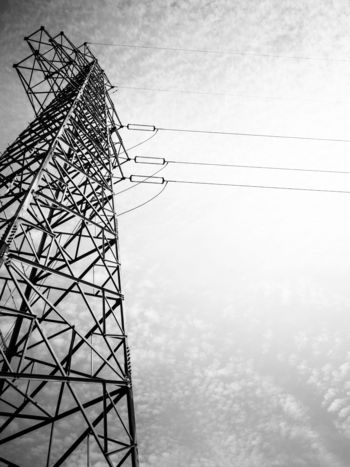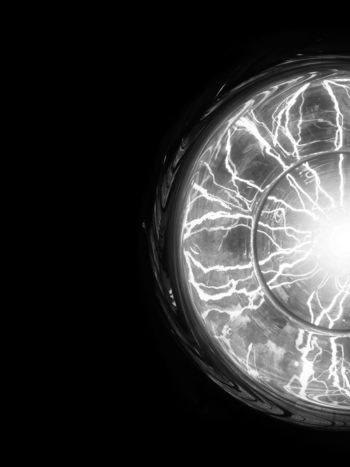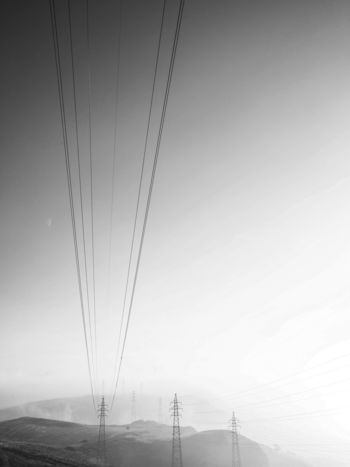Best environmental and socio-economic practices for improving public acceptance of high voltage substations
The global energy transition requires expanding electricity grids, including substations, but public acceptance remains a significant challenge. This report explores best practices from 2016 to 2024 for improving public acceptance, focusing on spatial, environmental, and socio-economic factors, with an emphasis on tailored, location-specific solutions for substations.
Members
Convenor (NL)
Marijke WASSENS
Secretary (NL)
Henk SANDERS
Satoshi NAKASONO (JP), Flavia SERRAN (BR), Patricia ARNERA (AR), Barry WALL (IE), Lennart ENGSTRÖM (SE), James HART (AU), Warren FUNSTON (ZA), Katja HORENK (DE), Siv INDERBERG (NO), Johan MORTIER (BE), Hector PEARSON (UK), Fiorenza ROGHI (IT), Gordana TODOROVIC (RS), Joris DEN BREEJEN (NL)
Introduction
This Working Group was established in 2015 with a large number of members, including liaison from SC B3, and in the following years, data was collected globally through a survey. However, as the writing process began, our convenor, Marijke Wassens, tragically passed away. Shortly thereafter, our secretary had to step down from his role within CIGRE, and the global COVID-19 pandemic brought progress to a standstill for nearly three years. During this time, many group members lost contact, and it seemed uncertain whether the Technical Brochure (TB) would ever be completed.
In August 2022, the former secretary found someone willing and able to take up a leading role in the continuation of the work on the TB. With the support of several remaining members, the work was completed by late 2024, and we are proud to present the results.
This TB is a particularly special one for CIGRE, as it diverges from the typical focus on quantitative methodologies and technical solutions. Instead, it serves as an inspiration guide, sparking creativity in the search for innovative ways to enhance public acceptance. Rather than presenting formulas, we offer images, a qualitative strategy to improve public acceptance, and most importantly, a tribute to Marijke and a homage to her creativity.
Structure of TB
Chapter 1: The opening chapter includes problem statement, goal and scope of the TB.
Chapter 2: The second chapter begins with an overview of public acceptance, highlighting key factors that influence it, such as physical aspects, environmental concerns, and stakeholder engagement. These insights are also summarized in a comprehensive table for clarity.
Chapter 3: This chapter outlines the progress of the work and presents the findings from the survey. It covers key topics such as legislation and procedures, policy and planning, the primary factors influencing public acceptance, and, finally, the best practices identified.
- How are the legislation, procedures, policies, and guidelines used in different countries and grid operators to harmonize substations with their local environments?
- Which elements are most dominant in the public acceptance of new and existing projects?
- Which methods, techniques and tools are considered viable and used by different countries and grid operators to improve public acceptance?
Chapter 4: In this chapter the results of the survey are discussed. We find that there is no uniformity across the world when it comes to the actual approaches to harmonize substations and increase public acceptance. What approach is taken often depends to a large extent on the location and configuration of the substation in question: location, area, voltage levels, installed capacity or size of the substation all play a role determining what approach is taken, however also here, no uniformity across the world exist: each country appears to mostly use ‘home-made’, tailored approaches.
There is general uniformity when it comes to elements which are deemed most dominant regarding public acceptance of new substations across the world, based on the survey and the literature study. These are, among others, ‘classic’ environmental issues such as EMF, noise and SF6, but also landscape impact, loss of property value, ecological impact, cultural and heritage impact and social impact.
The survey has provided us with inspiring examples from around the world, forming the foundation of our theoretical framework. Within this framework, we identify viable methods, techniques, and tools that have proven to be best practices for increasing public acceptance, with methods representing the most abstract theoretical concepts and tools being the most concrete and practical solutions.



